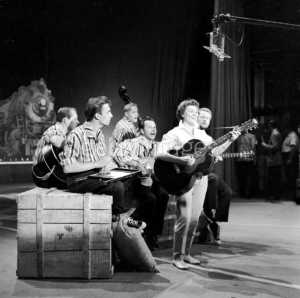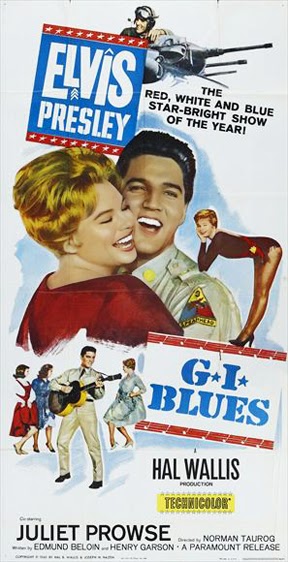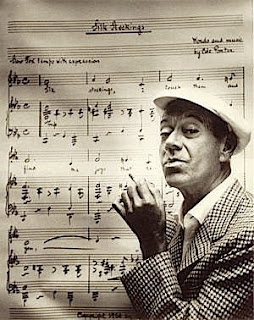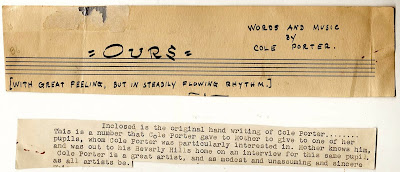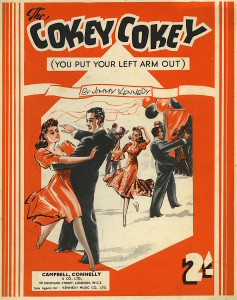 Found- some sheet music for the song The Cokey Cokey which later became the song (and dance) the Hokey Cokey. This is what it is all about… There are many theories about its origins – dealt with at Wikipedia and in a Mental Floss piece on its ‘dubious origins.’ Possibly the name came from the magician’s ‘hocus pocus’. This version was written in 1942 by Jimmy Kennedy (1902-1984). Jimmy Kennedy states that his version is based on ‘a traditional action song known long ago in the mining camps and saloons of the Canadian West. The word ‘Cokey’ means a dope fiend but what this has to do with the dance is not at all clear!’ As he says – it then came over in World War 2 with the Canadian troops. He explains on the back of the sheet music exactly how to do the dance:
Found- some sheet music for the song The Cokey Cokey which later became the song (and dance) the Hokey Cokey. This is what it is all about… There are many theories about its origins – dealt with at Wikipedia and in a Mental Floss piece on its ‘dubious origins.’ Possibly the name came from the magician’s ‘hocus pocus’. This version was written in 1942 by Jimmy Kennedy (1902-1984). Jimmy Kennedy states that his version is based on ‘a traditional action song known long ago in the mining camps and saloons of the Canadian West. The word ‘Cokey’ means a dope fiend but what this has to do with the dance is not at all clear!’ As he says – it then came over in World War 2 with the Canadian troops. He explains on the back of the sheet music exactly how to do the dance:
This is one of the simplest dances ever. You hold your partner in the normal way and while the verse is being played you may fox-trot using any steps you like. When the chorus starts, that is, on the words, ‘Left arm out’, you put your left arm in line with your shoulder, continuing on the words ‘Left arm in’ by bending the left arm in and touching your shoulder, then ‘Left arm out’ as before. You hold your partner with the other arm. ‘Shake it all about’ explains itself —you simply shake your hand and arm with a circular motion. On the next line ‘You do the Cokey Cokey and turn around’ the appropriate action is to place the forefinger of the right hand pointing downward on top of your head and do a complete turnaround. ‘That’s what it’s all about’ ends the actions and you take hold of your partner in the normal way. Then the chorus starts over again with the right arm, then left foot and then the right foot etc., It should not be taken to fast..
This dance, since its introduction here by the Canadian forces, has caught on like wildfire and bids fair to out-rival some of the most sensational dance successes of the past.
Note: Alternatively the dance maybe performed by partners facing each other in line as in the Palais Glide and on the words ‘That’s what it’s all about’ both hands are spread out palm upwards. SEE?

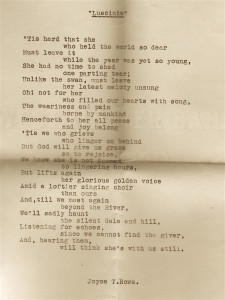 Found— an envelope crammed with an intriguing collection of newspaper cuttings and Velox snaps, most dating to 1931. The majority of the cuttings concern the failing health of forty three old Bertha Lewis, the famous ‘Savoyard’, who at the height of her singing career with the D’Oyly Carte Opera, was badly injured when a car driven by fellow singer, Sir Henry Lytton, veered off the road and rolled down an embankment during a violent rainstorm between Huntingdon and Cambridge.
Found— an envelope crammed with an intriguing collection of newspaper cuttings and Velox snaps, most dating to 1931. The majority of the cuttings concern the failing health of forty three old Bertha Lewis, the famous ‘Savoyard’, who at the height of her singing career with the D’Oyly Carte Opera, was badly injured when a car driven by fellow singer, Sir Henry Lytton, veered off the road and rolled down an embankment during a violent rainstorm between Huntingdon and Cambridge.
